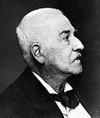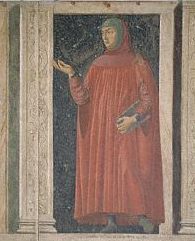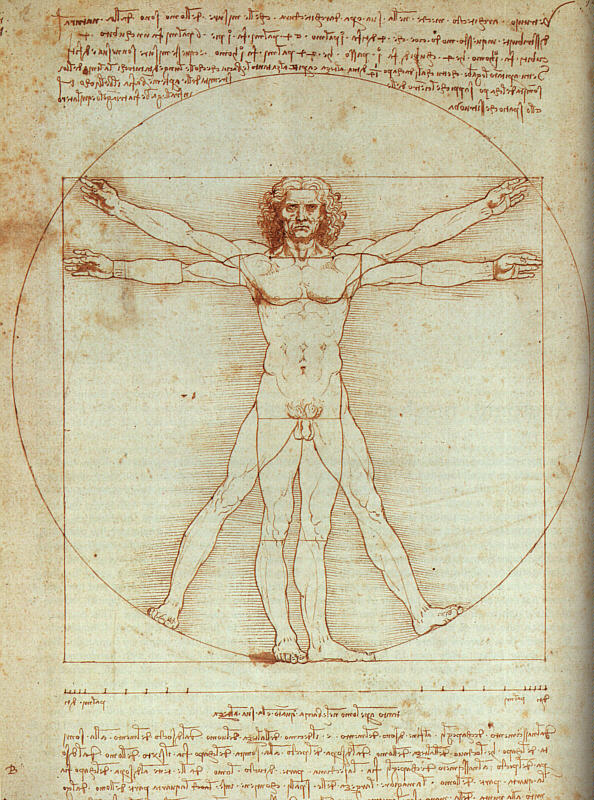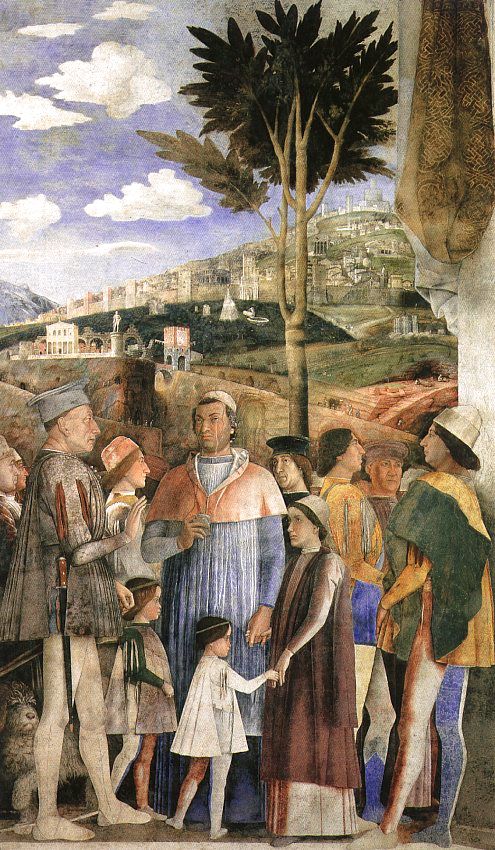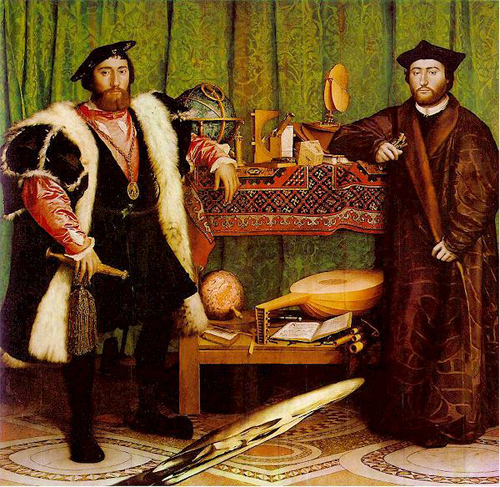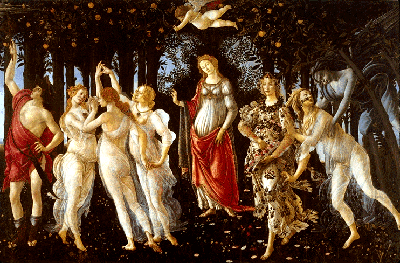 What
Was
Renaissance?
What
Was
Renaissance? Image: Sandro Botticelli, La Primavera (1478); the central figure, the goddess Venus, is flanked to the left by the three graces and Apollo, to the right by the goddess Flora and the nymph Chloris, pursued by Zephyr, the wind god. Notice Venus's open palm, a gesture both of blessing and greeting that Ludovico Gonzaga also uses in the Mantegna fresco (below). Source: Windows to the Universe.
I. An Age of Gold?
A. The Renaissance as Renaissance
People Saw It
B. Some Things the Renaissance Was Not
II. Imitation, Rhetoric, Self-Fashioning
A. Imitation and the Recovery of Ancient Roman Civilization
B. Renaissance Humanism: Rhetoric, Virtue and Self-Fashioning
III. Renaissance Men and Renaissance Women
Image: Lorenzo
Valla (1407-1457)
Image: Enea Silvio Piccolomini, a.k.a. Pope Pius II (1405-1464)
Image: The Baptistery in Florence
Image: Giovanni Battista Piranesi, The Forum (1748)
Image: Giovanni Battista Piranesi, The Pantheon (1748)
Image: St. George (1416-17), by Donatello
(1386-1466)
Image: Bacchus (1496-97),
by Michelangelo Buonaroti (1475-1564)
Image: La Primavera (1478), by Sandro
Botticelli (1445-1510)
Image: The Church of San Lorenzo (c. 1421),
by Fillippo Brunelleschi (1377-1446)
Image: Annunciation with St.
Emidius (1486), by Carlo Crivelli (1430/35-1495)
Image: The Stages of Man (1510), by Charles
de Bouelles (c. 1470-1553)
